Home>Maintenance & Safety>Child & Elderly Safety at Home>How To Install A Booster Seat
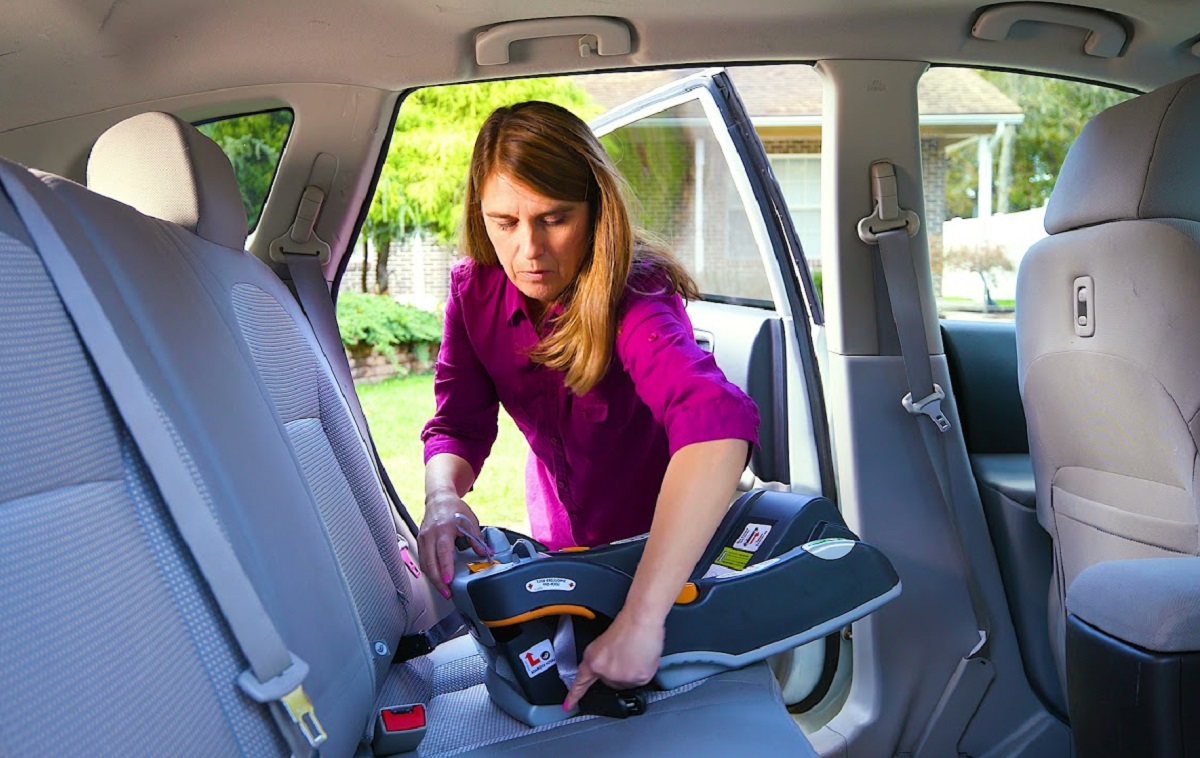

Child & Elderly Safety at Home
How To Install A Booster Seat
Modified: February 29, 2024
Learn how to properly install a booster seat for child and elderly safety at home. Follow these step-by-step instructions to ensure a secure and reliable installation.
(Many of the links in this article redirect to a specific reviewed product. Your purchase of these products through affiliate links helps to generate commission for Storables.com, at no extra cost. Learn more)
Introduction
Ensuring the safety of children in vehicles is a top priority for parents and caregivers. One crucial aspect of this is the proper installation of booster seats. Booster seats are designed to elevate children to the correct height so that the vehicle's seat belt fits them properly, providing essential protection in the event of a collision. While the process of installing a booster seat may seem daunting at first, with the right guidance and attention to detail, it can be a straightforward and rewarding experience.
In this comprehensive guide, we will walk you through the step-by-step process of installing a booster seat in your vehicle. From selecting the appropriate booster seat for your child's age, weight, and height to ensuring a secure and proper installation, each step is crucial in safeguarding your child's well-being during car journeys.
By following these instructions and taking the time to install the booster seat correctly, you can have peace of mind knowing that your child is protected while traveling in a vehicle. Let's delve into the essential steps for installing a booster seat and providing your child with the safety they deserve.
Key Takeaways:
- Choose the right booster seat by considering your child’s age, weight, and height, and ensuring it complies with safety regulations. Research and read reviews to make an informed decision.
- Thoroughly read the instruction manual to understand the booster seat’s features and installation process. Prepare the car seat and install the booster seat with precision to ensure your child’s safety.
Read more: How To Install A Backless Booster Seat
Step 1: Choose the Right Booster Seat
Selecting the right booster seat for your child is the crucial first step in ensuring their safety during car journeys. Booster seats come in various types, including high-back boosters and backless boosters, each designed to accommodate specific age groups and vehicle configurations. Here's a detailed guide to help you choose the most suitable booster seat for your child:
Consider Your Child's Age, Weight, and Height
Before purchasing a booster seat, it's essential to consider your child's age, weight, and height. Different booster seats are designed for specific age groups and weight ranges. For instance, high-back booster seats are ideal for younger children who require head and neck support, while backless boosters are suitable for older children who have outgrown their forward-facing car seats. Additionally, some booster seats have weight and height restrictions, so it's crucial to select one that aligns with your child's measurements.
Assess Your Vehicle's Configuration
Take into account your vehicle's seating configuration when choosing a booster seat. Some vehicles have low seat backs, while others have high seat backs or adjustable headrests. High-back booster seats are preferable for vehicles with low seat backs, as they provide additional head and neck support. Conversely, backless boosters are suitable for vehicles with high seat backs or adjustable headrests. Ensuring compatibility between the booster seat and your vehicle's design is essential for a secure and proper fit.
Research Safety Ratings and Reviews
Prioritize safety when selecting a booster seat for your child. Research safety ratings and read reviews from reputable sources to gain insights into the performance and reliability of different booster seat models. Look for booster seats that have undergone rigorous safety testing and have received high ratings for their protective features. Additionally, consider feedback from other parents and caregivers who have firsthand experience with the booster seats you are considering.
Read more: How To Install A Booster Seat With A Back
Verify Compliance with Applicable Regulations
Ensure that the booster seat you choose complies with relevant safety regulations and standards. Look for booster seats that meet or exceed the safety requirements set by regulatory agencies. This includes adherence to federal safety standards and certifications from recognized organizations. Verifying compliance with safety regulations provides assurance that the booster seat has undergone thorough testing and meets stringent safety criteria.
By carefully considering your child's age, weight, and height, assessing your vehicle's configuration, researching safety ratings, and verifying compliance with safety regulations, you can confidently select the right booster seat for your child. This thoughtful approach sets the foundation for a secure and comfortable booster seat that effectively enhances your child's safety during car travel.
Step 2: Read the Instruction Manual
Upon selecting the appropriate booster seat for your child, the next crucial step is to thoroughly read the instruction manual provided by the booster seat manufacturer. The instruction manual serves as a comprehensive guide to understanding the specific features, installation requirements, and usage recommendations for the booster seat. By dedicating time to carefully review the manual, you can gain valuable insights that are essential for the safe and proper installation of the booster seat.
The instruction manual typically contains detailed information regarding the booster seat's components, including the base, harness (if applicable), adjustable headrest, and other essential elements. Understanding the purpose and functionality of each component is vital for ensuring that the booster seat is utilized correctly and optimally secures your child during car journeys.
Furthermore, the instruction manual provides step-by-step instructions for installing the booster seat in various vehicle models. It outlines the specific installation methods, such as utilizing the vehicle's seat belt or LATCH system, and offers guidance on securing the booster seat in both high-back and backless configurations. By following the manufacturer's recommended installation procedures, you can ensure that the booster seat is securely positioned and effectively enhances your child's safety while traveling in the vehicle.
In addition to installation instructions, the manual often includes essential usage guidelines, such as adjusting the booster seat to fit your child's height and ensuring proper positioning of the vehicle's seat belt across their shoulder and lap. These guidelines are crucial for optimizing the booster seat's protective capabilities and minimizing the risk of injury in the event of a collision.
Moreover, the instruction manual may contain valuable information on cleaning and maintenance procedures to uphold the booster seat's longevity and performance. Proper maintenance, including regular inspection of the booster seat's components and cleaning according to the manufacturer's recommendations, is integral to preserving its safety features and structural integrity.
By thoroughly reading and comprehending the instruction manual, you equip yourself with the knowledge and understanding necessary to install and utilize the booster seat in a manner that prioritizes your child's safety. This proactive approach ensures that you are well-informed about the booster seat's features, installation requirements, and usage guidelines, empowering you to provide your child with a secure and protective car travel experience.
Step 3: Prepare the Car Seat
Before proceeding with the installation of the booster seat, it is essential to prepare the car seat to create an optimal environment for securing the booster seat and ensuring the safety of your child. Proper preparation of the car seat involves assessing the vehicle's interior, removing any potential obstructions, and familiarizing yourself with the specific features that will facilitate the installation process.
The first step in preparing the car seat is to clear the seating area where the booster seat will be installed. Remove any items, such as loose objects, toys, or debris, from the vehicle's seat to create a clean and unobstructed space for the booster seat. Ensuring that the seating area is free from clutter minimizes potential hazards and allows for a smooth and secure installation of the booster seat.
Next, take a moment to inspect the vehicle's seat belt system or LATCH (Lower Anchors and Tethers for Children) anchors, depending on the preferred method of securing the booster seat. Familiarize yourself with the location and functionality of the seat belt buckles, retractors, and LATCH anchors to streamline the installation process. Understanding how the seat belt system or LATCH anchors operate will enable you to effectively utilize these components when securing the booster seat.
If the vehicle's seats have adjustable headrests, consider adjusting them to accommodate the booster seat. Some booster seats require the vehicle's headrest to be positioned in a specific manner to ensure a secure fit and optimal support for the child. By adjusting the headrests as needed, you can create a suitable configuration that complements the installation of the booster seat and enhances its stability.
Additionally, take this opportunity to inspect the condition of the vehicle's seat belt system. Ensure that the seat belts retract and release smoothly without any obstructions or tangles. If the seat belts exhibit signs of wear or damage, it is advisable to have them inspected and, if necessary, replaced by a qualified professional to maintain the integrity of the restraint system.
By thoroughly preparing the car seat, you set the stage for a seamless and secure installation of the booster seat. Clearing the seating area, familiarizing yourself with the seat belt system or LATCH anchors, adjusting the headrests, and inspecting the seat belt condition are essential steps that contribute to creating a safe and accommodating environment for installing the booster seat. This proactive approach underscores the commitment to prioritizing your child's safety and well-being during car travel.
Step 4: Install the Booster Seat
Installing the booster seat is a pivotal step in ensuring the safety and security of your child during car journeys. Proper installation involves securely positioning the booster seat in the vehicle and utilizing the designated restraint system to effectively safeguard your child in the event of a collision. Follow these detailed guidelines to install the booster seat with precision and care:
-
Positioning the Booster Seat: Place the booster seat on the vehicle's seat, ensuring that it rests firmly against the backrest. For high-back booster seats, align the headrest with the top of the vehicle's seat back to provide adequate head and neck support for your child. Backless booster seats should be positioned to align with the vehicle's seat back, allowing for optimal contact and stability.
-
Securing the Booster Seat: Depending on the booster seat model and the vehicle's configuration, choose between utilizing the seat belt system or the LATCH anchors to secure the booster seat. Thread the vehicle's seat belt through the designated guides on the booster seat or attach the LATCH connectors to the vehicle's lower anchors, following the manufacturer's instructions for a secure and proper fit.
-
Tightening the Restraint System: After securing the booster seat, ensure that the seat belt or LATCH system is tightened to remove any slack and minimize movement of the booster seat. Apply firm pressure to the booster seat while tightening the restraint system to eliminate excess play and maintain a stable and secure installation.
-
Verifying Stability: Once the booster seat is secured and the restraint system is tightened, perform a stability check by gently attempting to move the booster seat from side to side and front to back. The booster seat should remain firmly in place without significant shifting or wobbling. Verify that the installation is stable and that the booster seat is securely anchored to the vehicle's seat.
-
Adjusting the Headrest and Seat Belt Position: If the booster seat features an adjustable headrest, ensure that it is positioned at the appropriate height to provide adequate support for your child's head and neck. Additionally, adjust the vehicle's seat belt to comfortably and securely fit across your child's shoulder and lap, ensuring proper positioning for optimal protection.
By meticulously following these steps, you can install the booster seat with precision and attention to detail, creating a secure and protective environment for your child during car travel. The proper installation of the booster seat is instrumental in enhancing your child's safety and providing you with peace of mind as you embark on journeys together.
Read more: How To Install A Cosco Booster Seat
Step 5: Secure the Child in the Seat
Once the booster seat is securely installed in the vehicle, the next critical step is to properly secure the child in the seat. This process involves ensuring that the child is comfortably positioned within the booster seat and that the vehicle's seat belt is correctly adjusted to provide optimal protection. Follow these detailed guidelines to securely position and restrain the child in the booster seat:
-
Positioning the Child: Have the child sit in the booster seat, ensuring that their back is firmly against the backrest and their bottom is positioned all the way back in the seat. The child's knees should bend naturally at the edge of the seat, and their feet should rest flat on the vehicle's floor.
-
Adjusting the Seat Belt: Guide the vehicle's seat belt across the child's shoulder and lap, ensuring that it rests snugly and comfortably. The shoulder belt should cross the child's shoulder without cutting into their neck, while the lap belt should fit low across the hips and upper thighs, avoiding the stomach area.
-
Proper Belt Fit: Verify that the seat belt fits the child correctly by assessing the positioning of the shoulder and lap belt. The shoulder belt should lie across the middle of the child's shoulder and chest without slipping off or digging into the neck, while the lap belt should rest low on the hips and upper thighs, avoiding any abdominal contact.
-
Avoiding Improper Belt Placement: Ensure that the seat belt is not placed behind the child's back or under their arm. Improper belt placement can compromise the effectiveness of the restraint system and increase the risk of injury in the event of a collision.
-
Checking Belt Positioning Devices: If the booster seat includes belt positioning devices, such as shoulder belt guides or clips, ensure that they are utilized according to the manufacturer's instructions to optimize the fit and positioning of the vehicle's seat belt across the child's body.
By meticulously following these steps, you can securely position and restrain the child in the booster seat, maximizing their safety and comfort during car travel. Properly securing the child in the seat is essential for ensuring that the booster seat functions as intended, providing the child with the necessary protection and support while on the road.
When installing a booster seat, make sure to use the seat belt to secure the booster seat in place. The seat belt should fit snugly across the child’s shoulder and lap, and the booster seat should not move more than an inch in any direction.
Step 6: Double-Check the Installation
After completing the installation of the booster seat and securing the child within it, it is imperative to perform a thorough double-check to ensure that every aspect of the installation process has been executed with precision and attention to detail. Double-checking the installation serves as a final verification step to confirm that the booster seat is securely positioned, the restraint system is properly tightened, and the child is comfortably and safely secured within the seat.
The double-check process involves a comprehensive assessment of the booster seat's installation, encompassing both the physical positioning of the seat within the vehicle and the child's secure placement within the booster seat. Here's a detailed guide to effectively double-checking the installation:
-
Stability Verification: Begin by verifying the stability of the booster seat. Gently attempt to move the booster seat from side to side and front to back to ensure that it remains firmly anchored and does not exhibit excessive movement or shifting. Confirm that the booster seat maintains a stable and secure position within the vehicle, indicating a successful installation.
-
Restraint System Inspection: Inspect the restraint system, whether it is the vehicle's seat belt or the LATCH anchors, to ensure that it is securely fastened around the booster seat. Check for any signs of slack or looseness in the seat belt or LATCH connectors and re-tighten the restraint system if necessary to eliminate any potential movement of the booster seat.
-
Child's Comfort and Positioning: Assess the child's comfort and positioning within the booster seat. Ensure that the child is sitting upright with their back against the backrest and that the seat belt rests comfortably across their shoulder and lap without causing discomfort or restriction. Confirm that the child's posture and seat belt fit align with the recommended guidelines for optimal safety.
-
Belt Fit Verification: Verify the fit of the vehicle's seat belt across the child's body. Ensure that the shoulder belt lies across the middle of the child's shoulder and chest, and the lap belt rests low on the hips and upper thighs, avoiding contact with the stomach area. Confirm that the seat belt fit aligns with the proper positioning to maximize the child's protection.
-
Functional Check: Test the functionality of any adjustable components, such as the headrest and seat belt positioning devices, to ensure that they are correctly adjusted and securely in place. Verify that these components contribute to the overall stability and effectiveness of the booster seat's protective features.
By meticulously double-checking the installation, you can confidently confirm that the booster seat is securely positioned, the restraint system is properly tightened, and the child is comfortably and safely secured within the seat. This final verification step reinforces the commitment to prioritizing your child's safety and well-being during car travel, providing you with the assurance that the booster seat is optimally installed and ready to fulfill its essential protective role.
Conclusion
In conclusion, the installation of a booster seat is a fundamental aspect of ensuring the safety and well-being of children during car travel. By following the comprehensive steps outlined in this guide, parents and caregivers can navigate the process with confidence and precision, ultimately providing their children with a secure and protective environment within the vehicle.
Choosing the right booster seat sets the stage for a tailored approach to child safety, considering factors such as age, weight, height, and vehicle configuration. Thoroughly reading the instruction manual empowers individuals with the knowledge and understanding necessary to execute the installation process effectively, ensuring that the booster seat's features are utilized optimally.
Preparing the car seat and meticulously installing the booster seat are pivotal steps that contribute to creating a safe and accommodating environment for children. The proper positioning and secure anchoring of the booster seat, coupled with the adjustment of the vehicle's seat belt, are essential for maximizing the protective capabilities of the booster seat.
Securing the child within the booster seat is the final crucial step, emphasizing the importance of proper positioning and restraint to optimize safety and comfort during car journeys. Double-checking the installation serves as a final verification step, instilling confidence in the secure positioning of the booster seat and the child's comfort and safety within it.
By embracing these steps and approaching the installation process with diligence and attention to detail, parents and caregivers demonstrate a steadfast commitment to prioritizing the safety and well-being of their children. The installation of a booster seat is not merely a procedural task; it is a proactive measure that underscores the unwavering dedication to safeguarding children during every car journey.
Ultimately, the proper installation of a booster seat is a testament to the care and responsibility that parents and caregivers uphold in ensuring the safety of their children. It is a tangible expression of love and protection, providing children with the security and support they deserve as they embark on adventures and everyday travels. Through the conscientious installation of booster seats, families can embrace the joy of the journey, knowing that their children are safeguarded and cherished every step of the way.
Frequently Asked Questions about How To Install A Booster Seat
Was this page helpful?
At Storables.com, we guarantee accurate and reliable information. Our content, validated by Expert Board Contributors, is crafted following stringent Editorial Policies. We're committed to providing you with well-researched, expert-backed insights for all your informational needs.
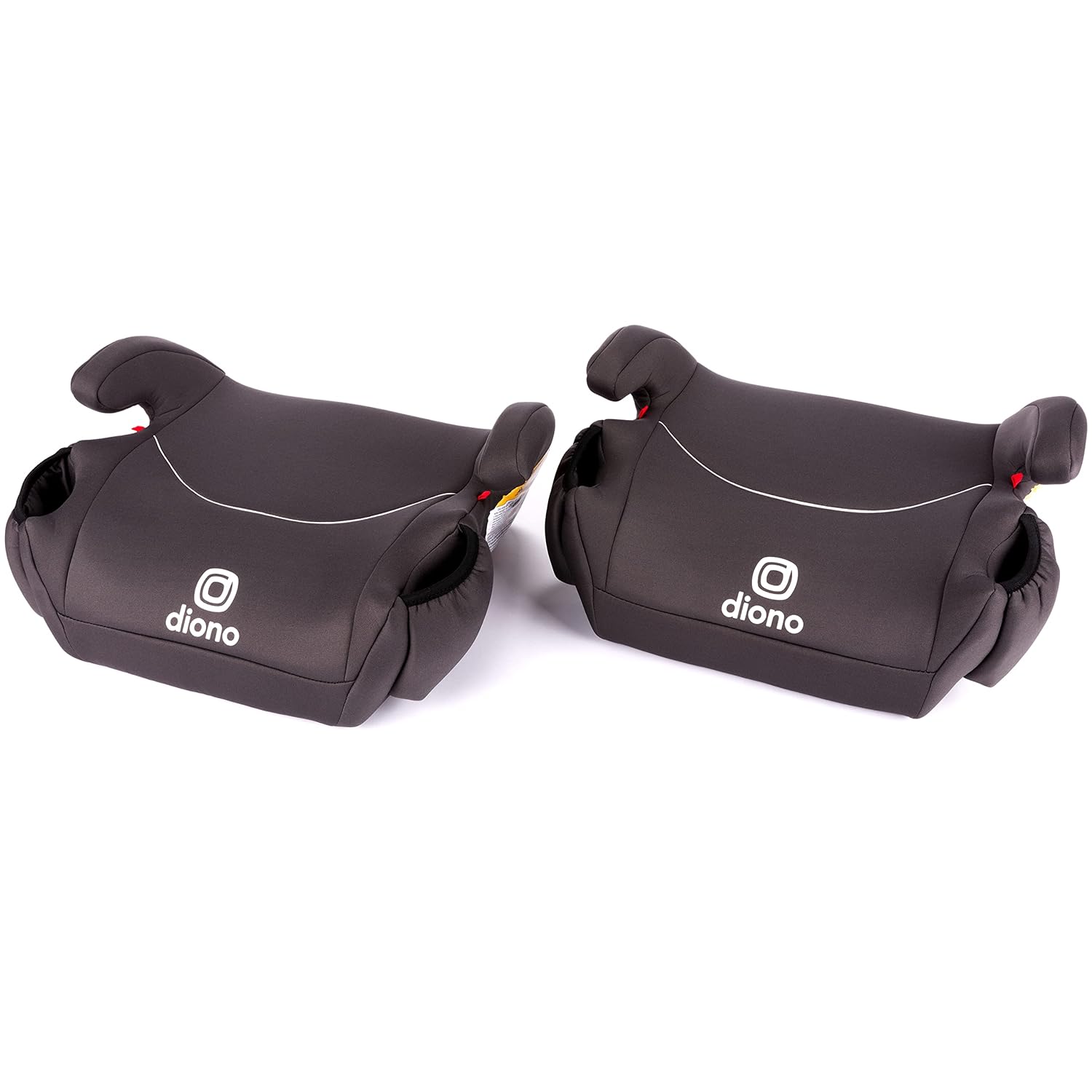
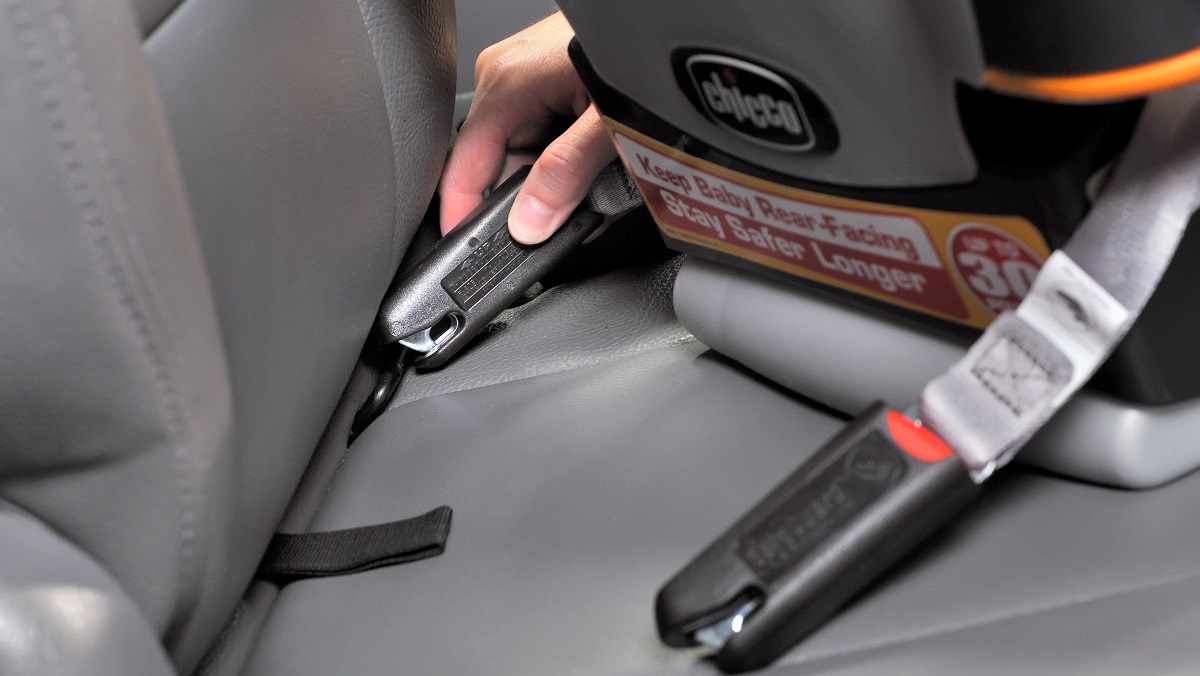
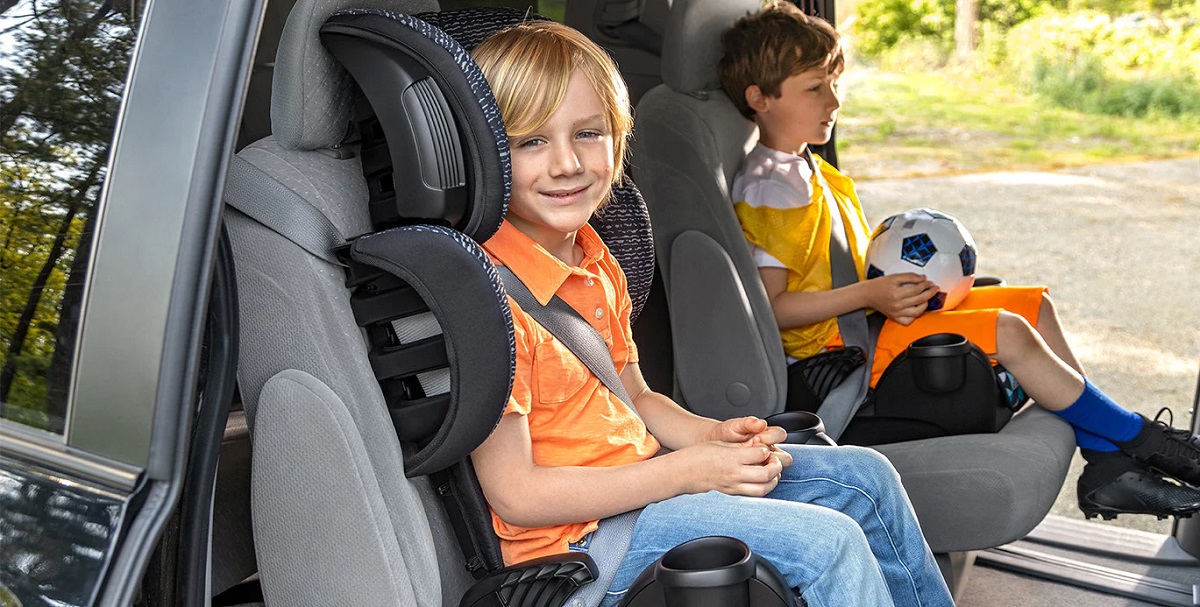

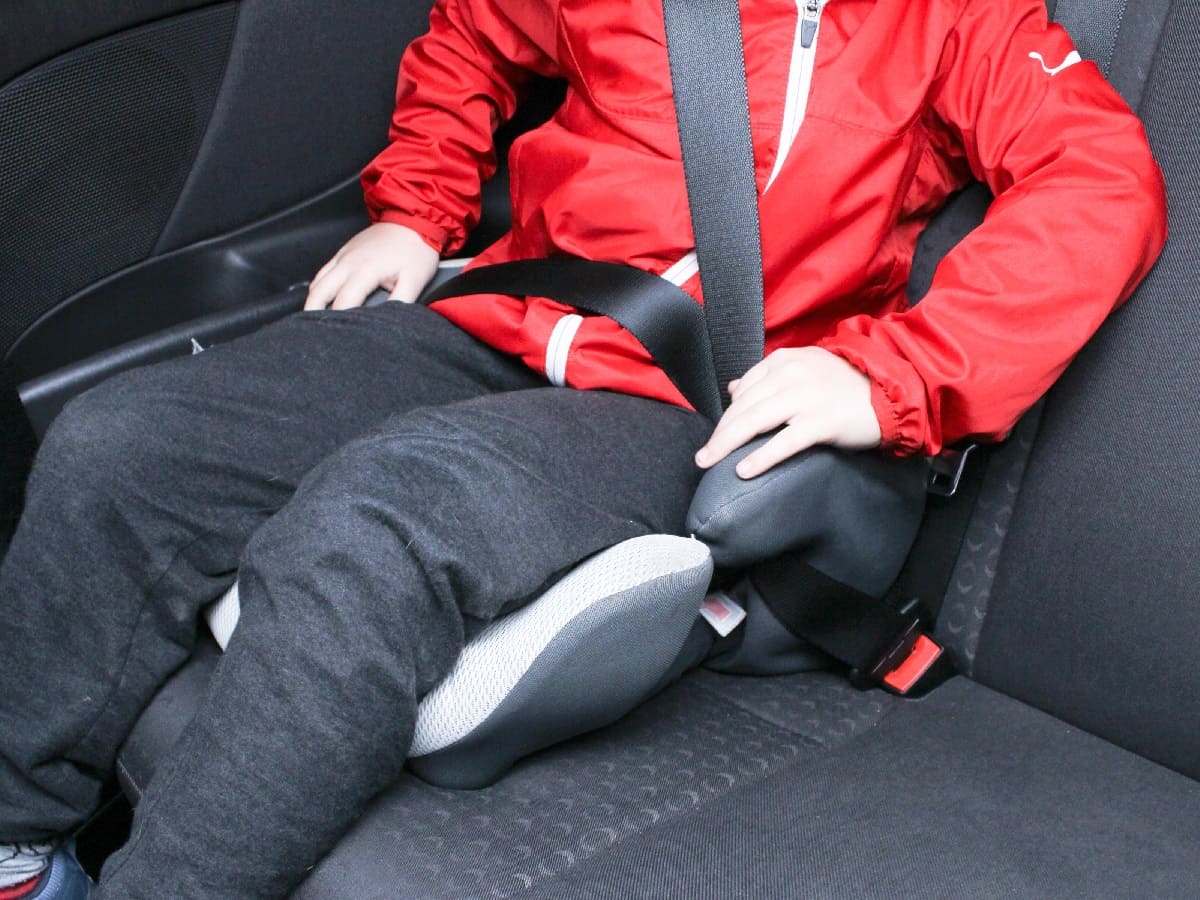

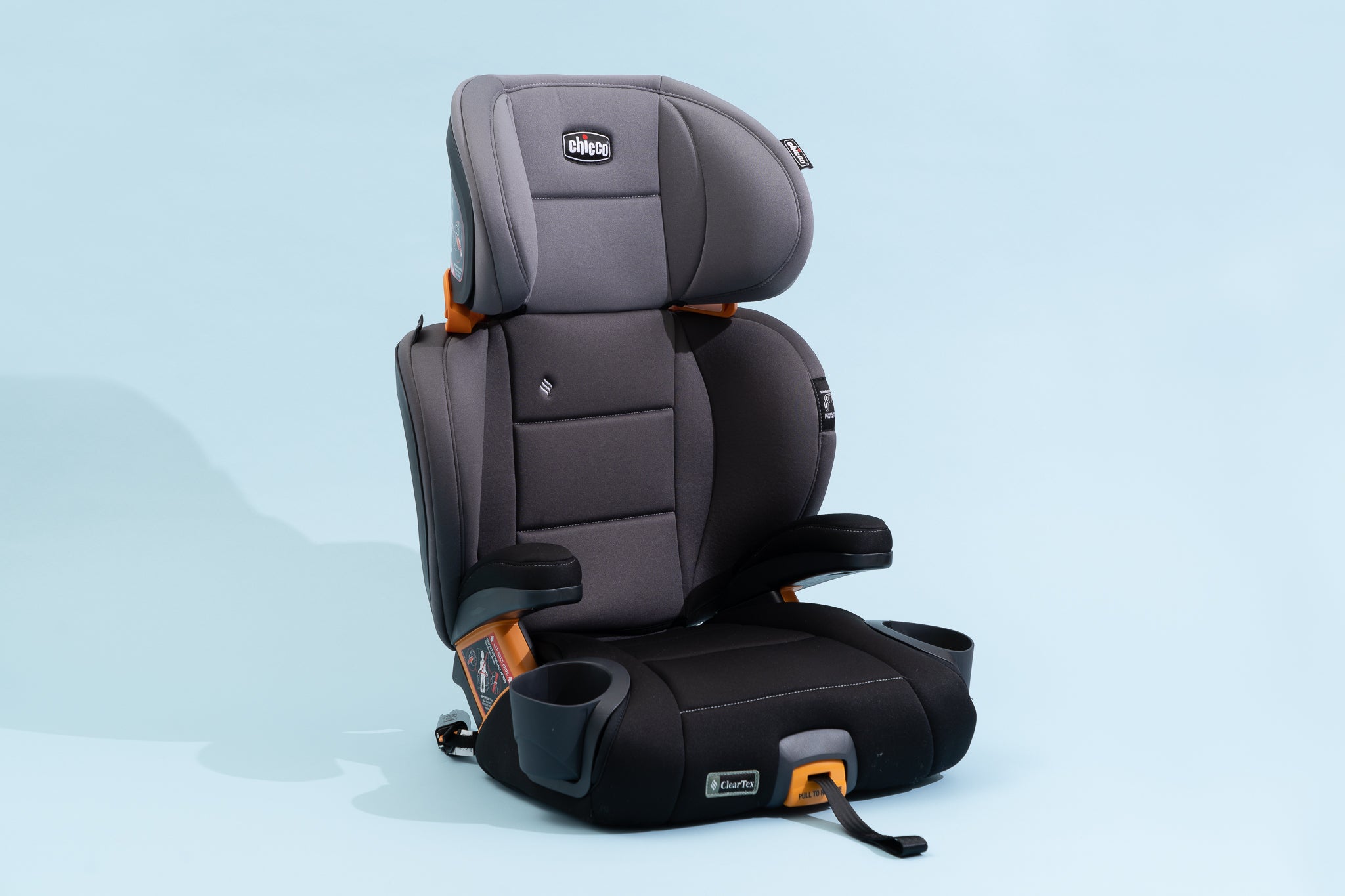
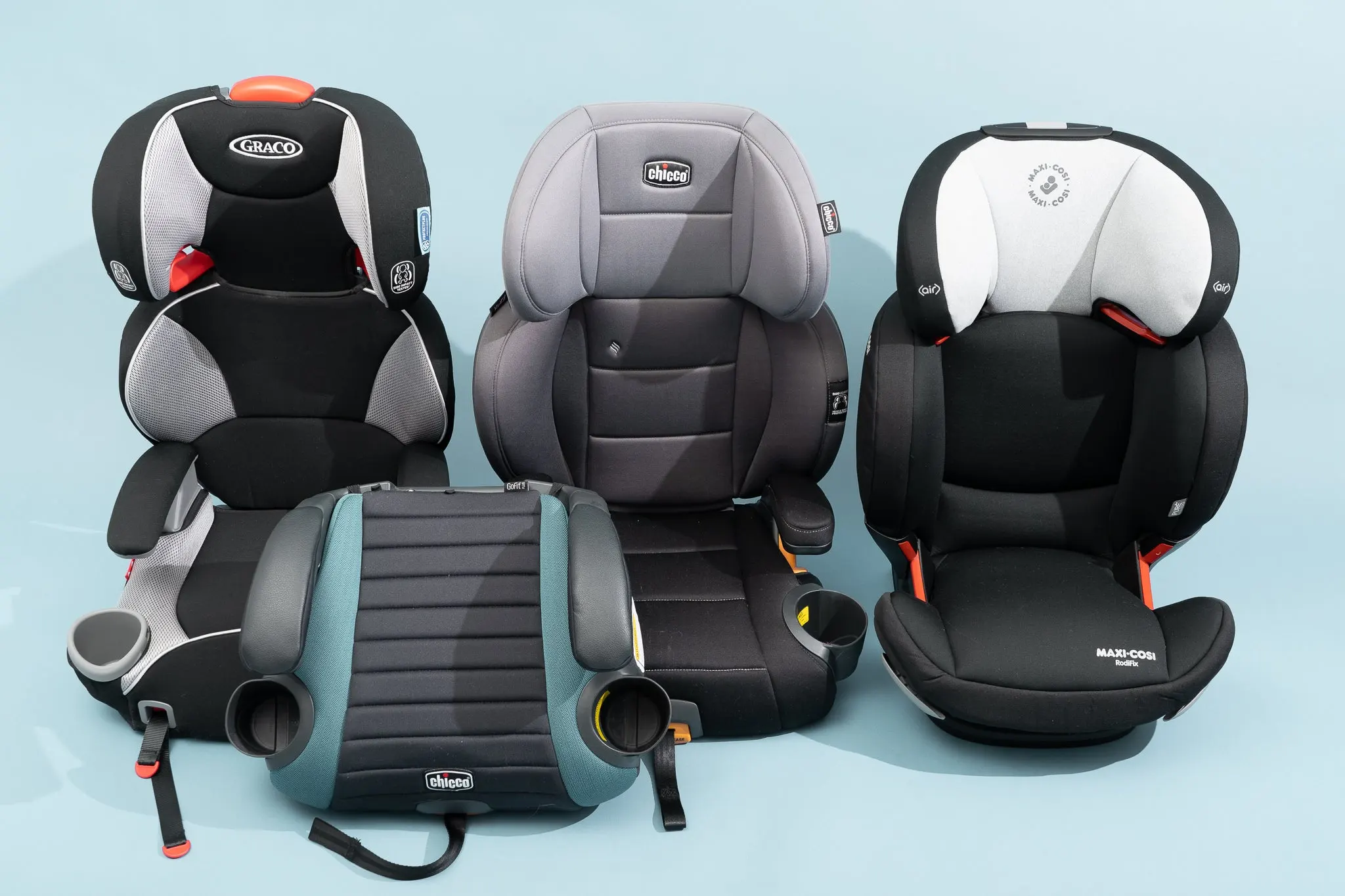
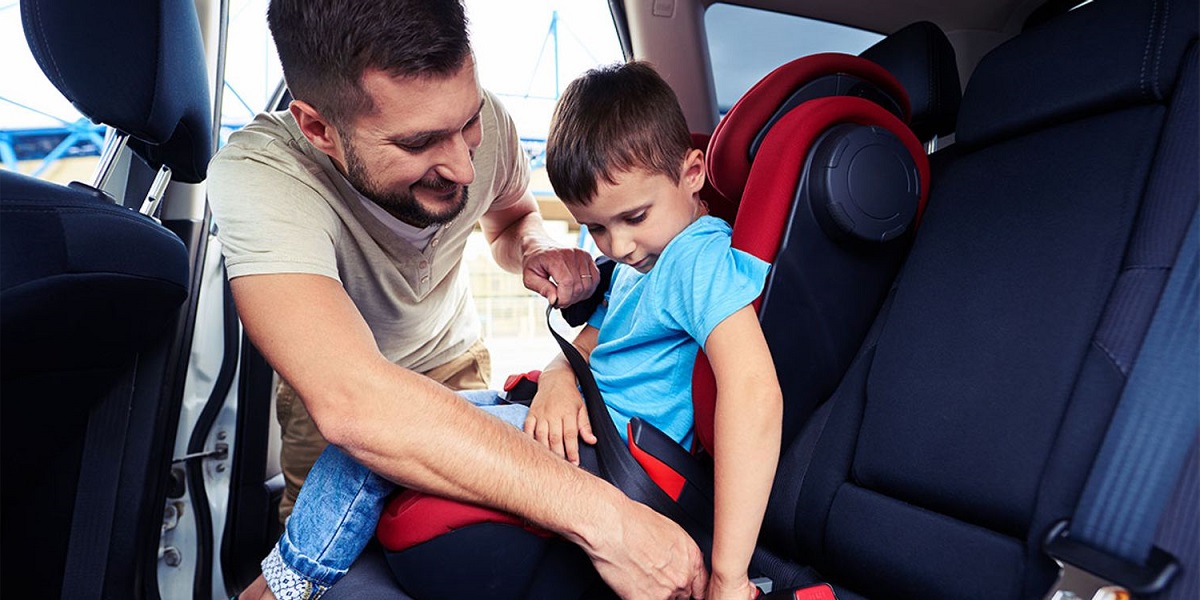

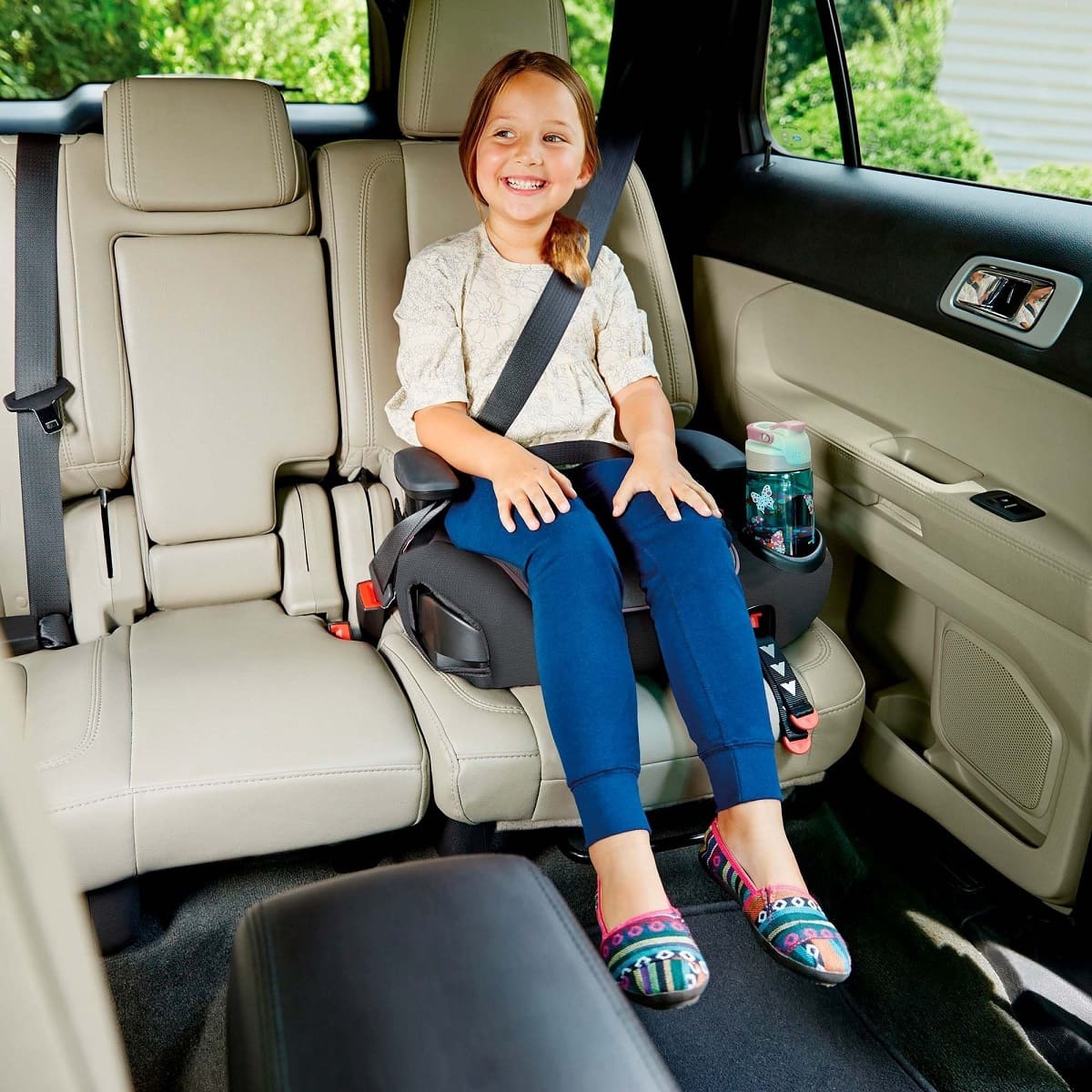

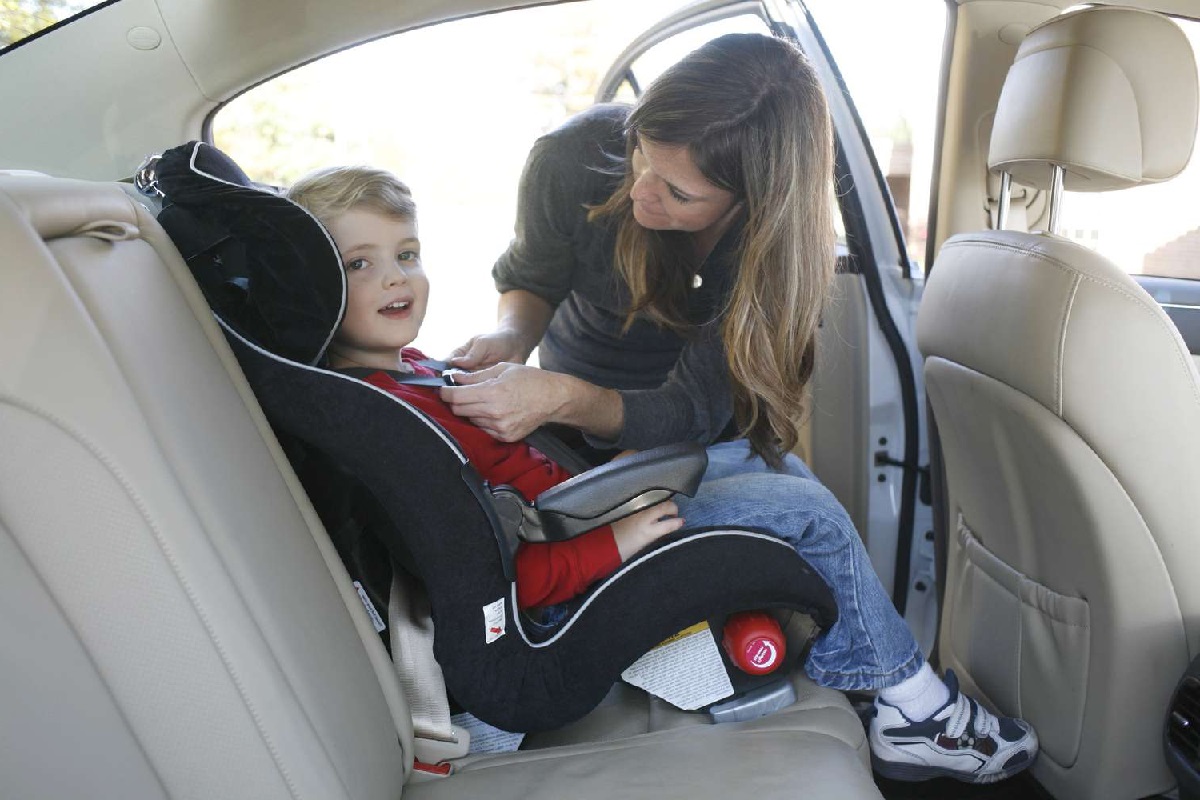

0 thoughts on “How To Install A Booster Seat”